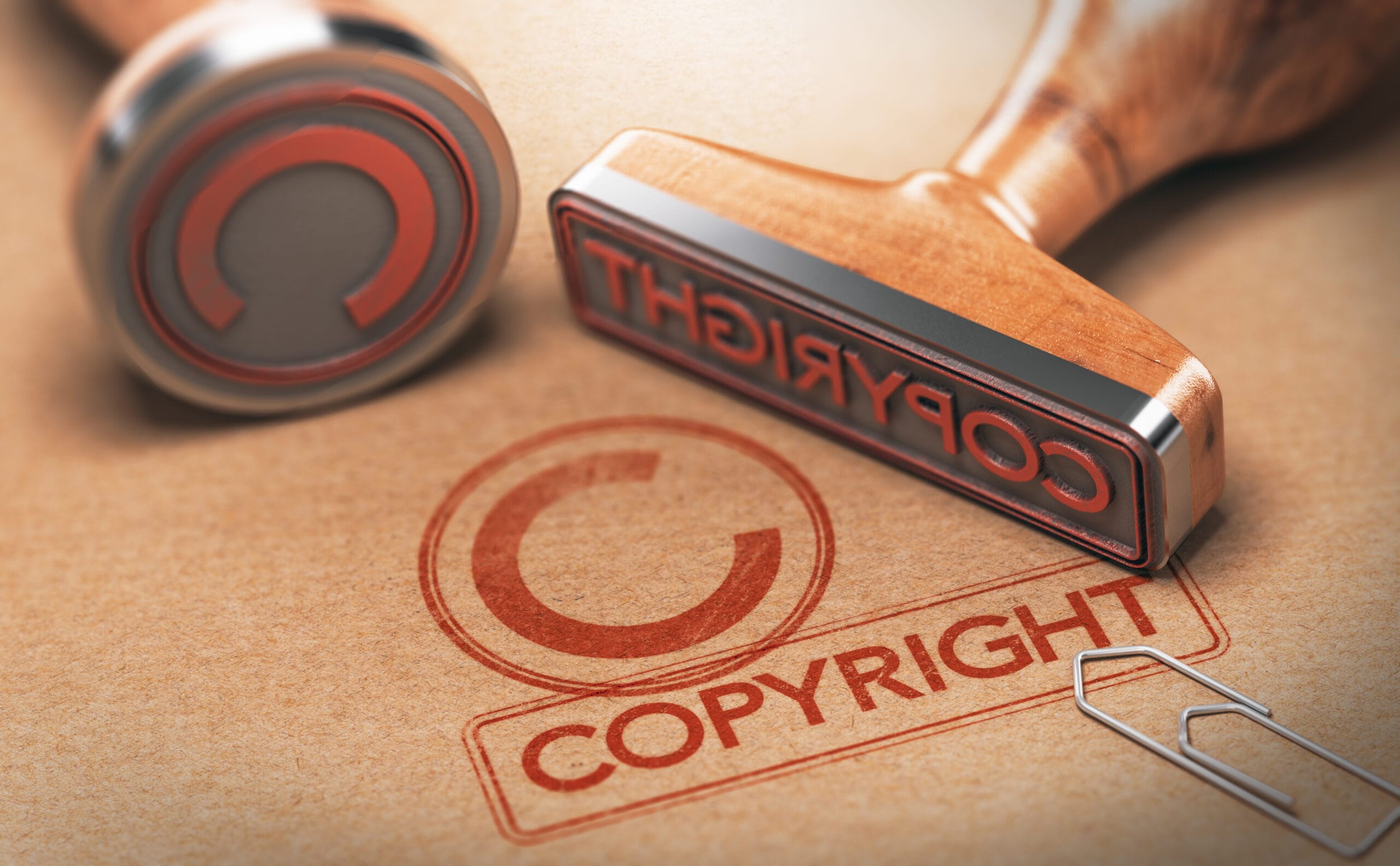Intellectual property protections allow creators to safeguard their work against imitation. The two primary methods of protection are trademarks and copyrights. Materials like books, sculptures, songs, paintings, and motion pictures typically qualify for copyright registration. Trademark protections are most commonly used by businesses and corporations to protect brand assets.
Notably, trademarks and copyrights are not mutually exclusive. An applicant may file trademark registration in addition to copyright registration, provided they can meet the requirements for both. In this article, we’re going to explain what happens when brands register copyrighted material and discuss how the resulting protections differ from that of a trademark.
Let’s get started!
Understanding the Options for Protection
Securing the right to use unique brand assets is understandably important for professionals such as advertisers, brand managers, and graphic designers. Copyrights and trademarks have different requirements and offer their own unique benefits.
Copyrights
Copyrights are often seen as “easier” to obtain because they do not require the applicant to establish secondary meaning for their symbol or verify its use in interstate commerce. If the copyright application is successful, it can be an alternative or supplemental protection to an issued trademark.
Trademarks
Trademarks protect the public association with a commercial name or logo. Filing requirements for trademarks differ based on the format of the trademark for which you are applying. The options are ‘standard character’ and ‘special form’. Special form trademarks are often used by brands, such as McDonald’s and their trademark golden arches. Under this format, stylization, and design are important parts of the trademark.
Challenges to a Successful Copyright Registration
To register a new copyright, you must show that your design is “original.” Originality has a very specific definition in copyright law. To meet the requirement, you must show that your design has been “independently created” and the work must possess more than a mere de minimus quantity of “creativity.”
Most brand assets consist of elements that would not be copyrightable on their own, like specific shapes, text, colors and framing. This means that applicants must show that the selection and arrangement of those uncopyrightable elements are creative enough to warrant protection.
Advantages in Enforcement
If your copyright registration is successful, it provides certain advantages in enforcement litigation. The owner of the copyright does not need to show evidence of consumer confusion to prove infringement, however, consumer confusion would be a requirement for trademark violations. Furthermore, violation of copyright entitles the rightsholder to pursue statutory damages.
Final Thoughts
Thanks for reading! We hope these tips have given you some insight into the use of copyright protections for branding materials. If you enjoyed this article, let us know on social media!
Lastly, please don’t hesitate to contact us with any questions or concerns. At First Legal, we’re here for you from File Thru Trial™!





